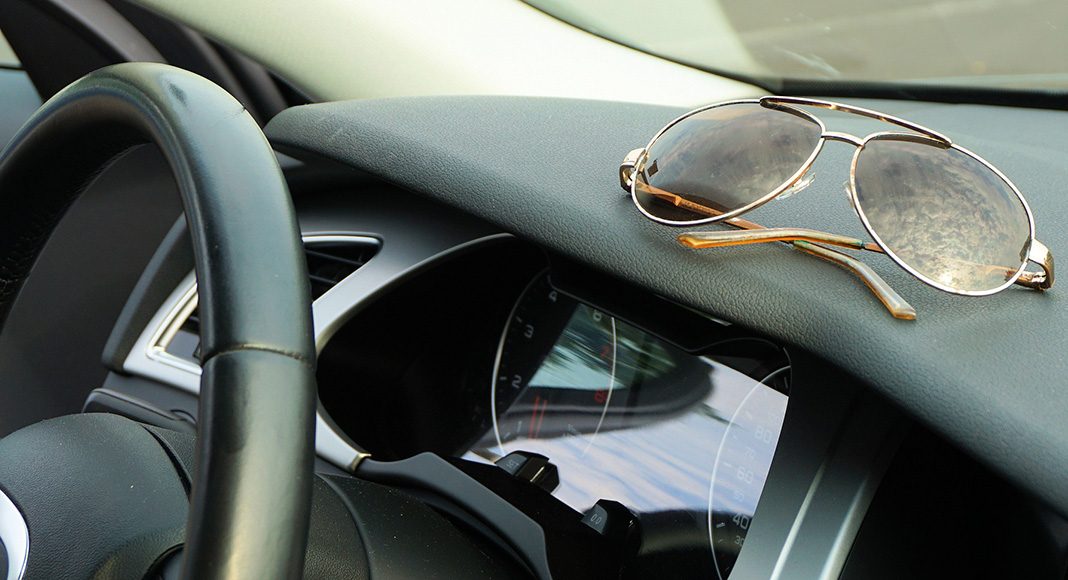As we approach the summer months, it’s time to start preparing for safe travel.
Prevention and planning takes a little time, but it will give you the added comfort of knowing your loved ones are safe.
The National Highway Traffic Safety Administration (NHTSA) has composed a list of routine safety procedures that drivers and passengers should follow before, and during, their summer travel.
Safety tips from NHTSA for safe summer travel:
Perform a basic safety check. Routine car care like tune-ups, battery checks, and tire rotations are important and help with preventing breakdowns. That said, if you’re traveling long distances this summer, don’t just rely on your usual maintenance. Be sure to also check your vehicle’s tire pressure, wiper blades, fluid levels, lights, and air conditioning before you go.
Check for recalls. Even the most informed car owner may be unaware that their recalled vehicle is in need of repair. NHTSA’s free VIN Look-Up Tool lets you see if your vehicle has been repaired as part of a safety recall in the last 15 years. Visit www.nhtsa.gov/recalls to find out about possible safety defects in your vehicle, and help protect your loved ones and other motorists.
Protect your passengers. All drivers and passengers should wear seat belts. When you’re traveling with a child, it’s safest for them to ride in a car seat suited for their age and size, and all children 13 and younger should ride in the back seat. If you’re having trouble finding the right car seat for your child’s age and size, you can visit www.safercar.gov/parents for additional tips.
Share the road and stay alert! Warmer weather will attract different types of roadway users, including motorcyclists, bicyclists, and pedestrians. Without the protection of a car or truck, these road users are more vulnerable. So put a safe distance – 3 or 4 seconds worth – between you and motorcyclists, and always be mindful of pedestrians or bicyclists. During long trips, take a break when driving long distances. Plan ahead for times to stop and stretch, eat healthy meals and relax, and consider stopping and staying in a hotel to recharge during longer drives.
Store an emergency roadside kit. Even well maintained vehicles can break down, so it’s a good idea to have a few emergency items readily accessible for your family’s road trip. In your kit, consider adding a cell phone and charger, first aid kid, flashlight, flares, jumper cables, water, and blankets. Even if you don’t have to use your kit, you’ll have peace of mind knowing that you have these critical items stowed in your cargo.
Don’t drink and drive. An average of 1 alcohol-impaired driving fatality occurred every 51 minutes in 2015. Be responsible, and don’t drink and drive. If you plan to drink, choose a designated driver before going out. You can also get NHTSA’s new SaferRide mobile app from the iTunes store or Google Play. SaferRide allows users to call a taxi or friend for a ride, and will even help users identify their location so they can be picked up.
Avoid distraction. Distraction accounts for approximately 10 percent of fatal crashes and 15 percent of injury crashes. Distracted driving can be anything that pulls your attention away from driving, including cell phone use, texting while driving, eating, drinking, and using in-vehicle technologies and portable electronic devices. Please visit our distracted driving safety website for additional information.
Observe “Move Over” Laws. Move over and change lanes to give safe clearance to law enforcement officers assisting motorists on the side of the road. It’s the law in all 50 states.



















